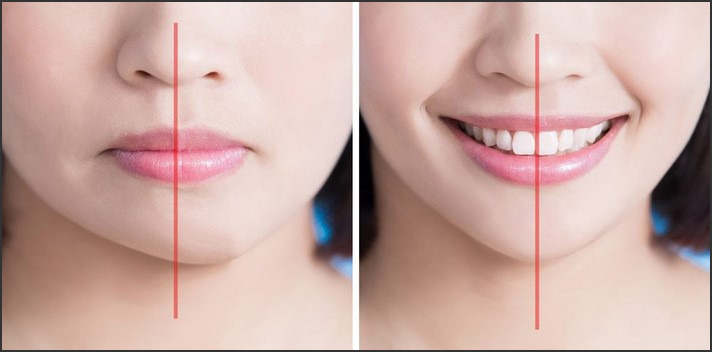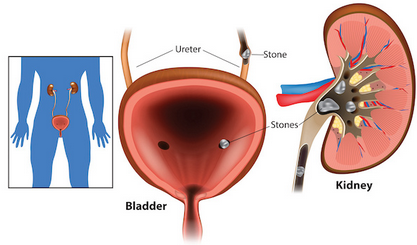 Kidney stones are a common and painful condition that affects millions of people worldwide. These hard mineral deposits form in the kidneys and can lead to severe discomfort when they move through the urinary tract. Understanding how to prevent kidney stones is crucial for maintaining optimal kidney health and avoiding complications. By adopting healthy habits and making informed choices, you can significantly reduce your risk of developing kidney stones.
Kidney stones are a common and painful condition that affects millions of people worldwide. These hard mineral deposits form in the kidneys and can lead to severe discomfort when they move through the urinary tract. Understanding how to prevent kidney stones is crucial for maintaining optimal kidney health and avoiding complications. By adopting healthy habits and making informed choices, you can significantly reduce your risk of developing kidney stones.
Understanding Kidney Stones
What Are Kidney Stones?
Kidney stones are solid masses made up of crystals that form in the kidneys. They can vary in size, from tiny grains to larger stones that can block the flow of urine. The most common types of kidney stones include:
- Calcium Stones: Formed from calcium oxalate or calcium phosphate.
- Uric Acid Stones: Common in people with a high-protein diet or gout.
- Struvite Stones: Often linked to urinary tract infections.
- Cystine Stones: Caused by a genetic disorder called cystinuria.
Symptoms of Kidney Stones
Symptoms may include sharp pain in the lower back or side, blood in the urine, nausea, and frequent urination. While these symptoms can indicate a kidney stone, it’s important to consult a healthcare professional for accurate diagnosis and treatment.
Practical Tips for Preventing Kidney Stones
1. Stay Hydrated
Dehydration is a significant risk factor for kidney stones. Drinking plenty of water helps dilute substances in the urine that can form stones. Aim for at least 8-10 glasses of water daily, and increase your intake if you live in a hot climate or engage in vigorous physical activity.
- Tip: Monitor the color of your urine—it should be pale yellow. Dark urine is a sign of dehydration.
2. Maintain a Balanced Diet
What you eat has a significant impact on your risk of kidney stones.
- Reduce Sodium Intake: High sodium levels in your diet can increase calcium in your urine, leading to stone formation. Avoid processed foods and limit table salt.
- Limit Oxalate-Rich Foods: Spinach, rhubarb, beets, and chocolate are high in oxalates, which can contribute to calcium oxalate stones. Pair these foods with calcium to reduce absorption of oxalates.
- Moderate Protein Consumption: Excess animal protein can increase uric acid levels. Opt for plant-based protein sources when possible.
3. Get Adequate Calcium
Contrary to popular belief, avoiding calcium entirely is not advisable. Adequate dietary calcium can bind to oxalate in the digestive system, preventing it from forming stones. However, excessive calcium supplements should be avoided.
- Sources of Calcium: Low-fat dairy products, fortified plant-based milk, and leafy green vegetables.
4. Monitor Sugar and Fructose Intake
High sugar intake, particularly from sodas and processed foods, is linked to kidney stones. Fructose, found in sugary drinks and snacks, can increase the risk of stones by affecting urine composition.
5. Avoid Excessive Vitamin C Supplements
High doses of vitamin C can convert into oxalate in the body, increasing the risk of stones. Stick to the recommended daily intake unless advised otherwise by a healthcare provider.
6. Stay Active
Regular physical activity not only promotes overall health but also supports proper kidney function. Exercise helps regulate body weight, which is another factor influencing kidney stone risk.
Seeking Medical Advice
When to Consult a Doctor
If you experience symptoms such as severe pain, blood in the urine, or persistent discomfort, seek medical advice immediately. Preventive strategies are most effective when tailored to your specific health needs, so regular check-ups with a healthcare provider are essential.
Personalized Prevention Plans
A doctor may recommend tests to determine the type of stones you’re at risk for and provide dietary or medical guidance accordingly. Medications may also be prescribed to prevent the recurrence of stones.
Conclusion
Learning how to prevent kidney stones is an essential step toward maintaining kidney health and avoiding the pain and complications associated with this condition. By staying hydrated, adopting a balanced diet, and consulting with a healthcare professional, you can significantly lower your risk of developing kidney stones. Prevention is always better than cure, and taking proactive steps today ensures a healthier future for your kidneys.


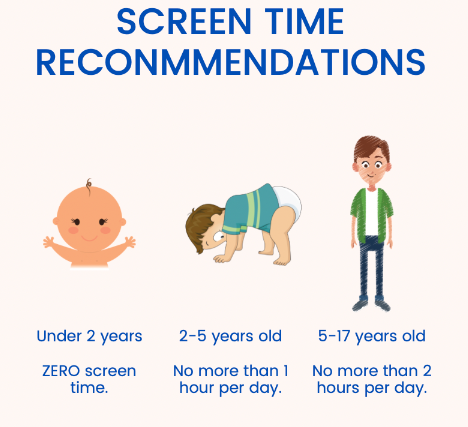
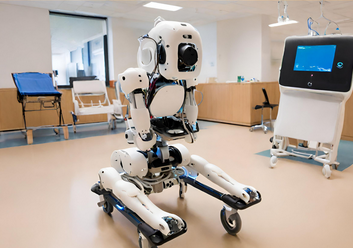

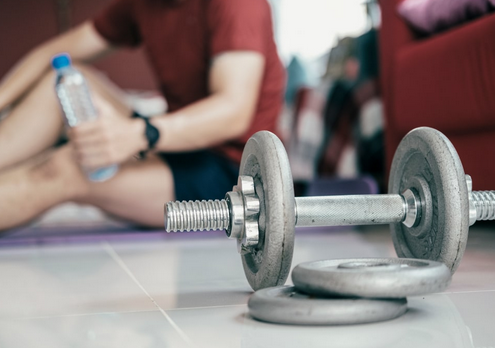
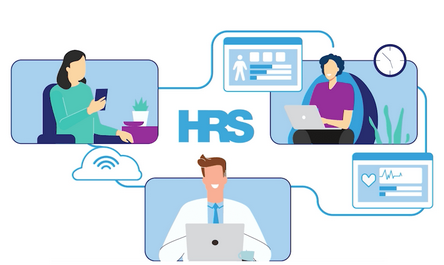
 Living with chronic pain can be a daunting and exhausting challenge, affecting every aspect of life from physical health to emotional well-being. Understanding effective strategies for managing chronic pain can make a significant difference, empowering individuals to regain control and improve their quality of life. Whether you are dealing with pain from a long-term condition or recovering from an injury, finding the right coping mechanisms is essential for relief and resilience.
Living with chronic pain can be a daunting and exhausting challenge, affecting every aspect of life from physical health to emotional well-being. Understanding effective strategies for managing chronic pain can make a significant difference, empowering individuals to regain control and improve their quality of life. Whether you are dealing with pain from a long-term condition or recovering from an injury, finding the right coping mechanisms is essential for relief and resilience.